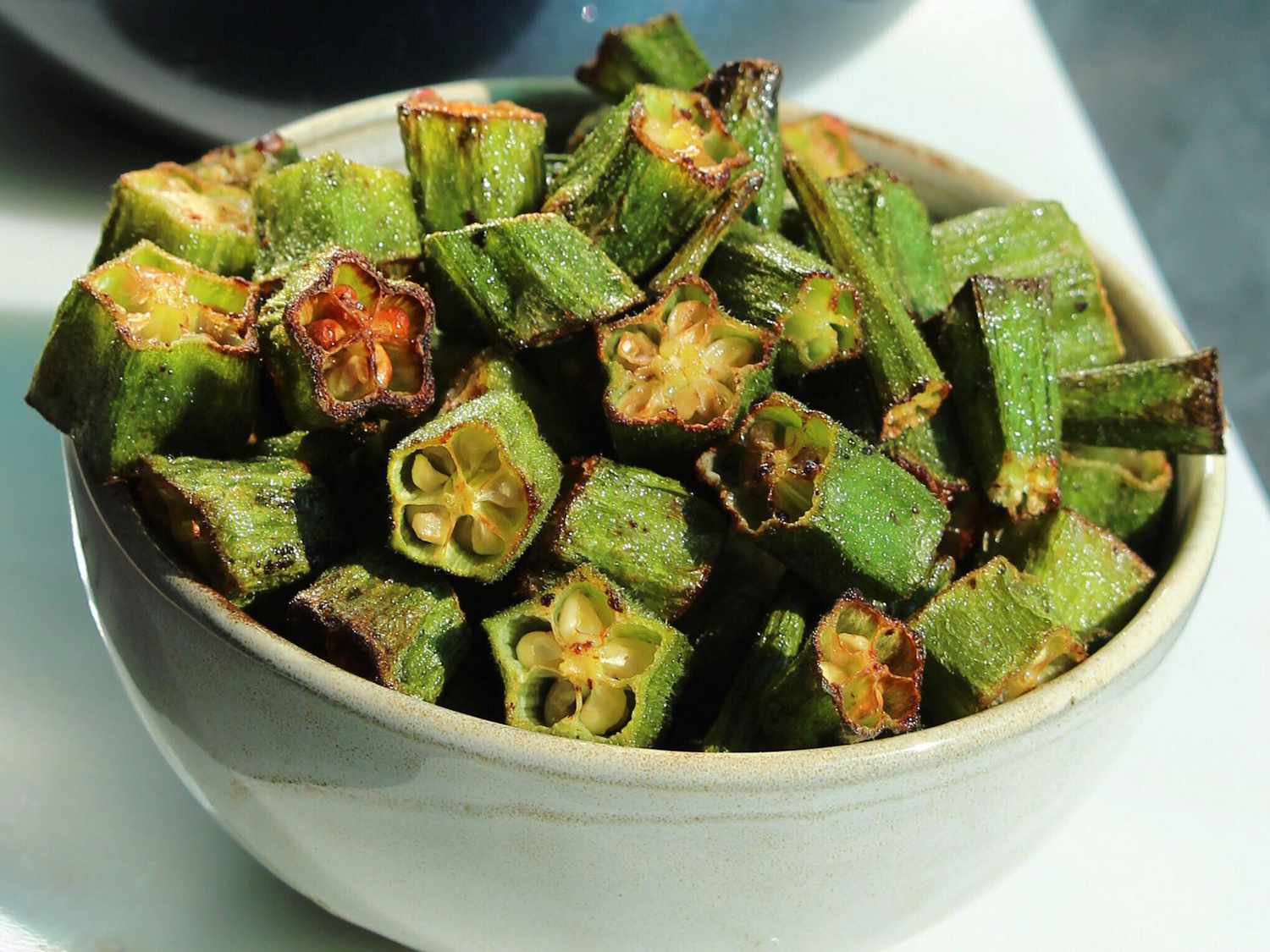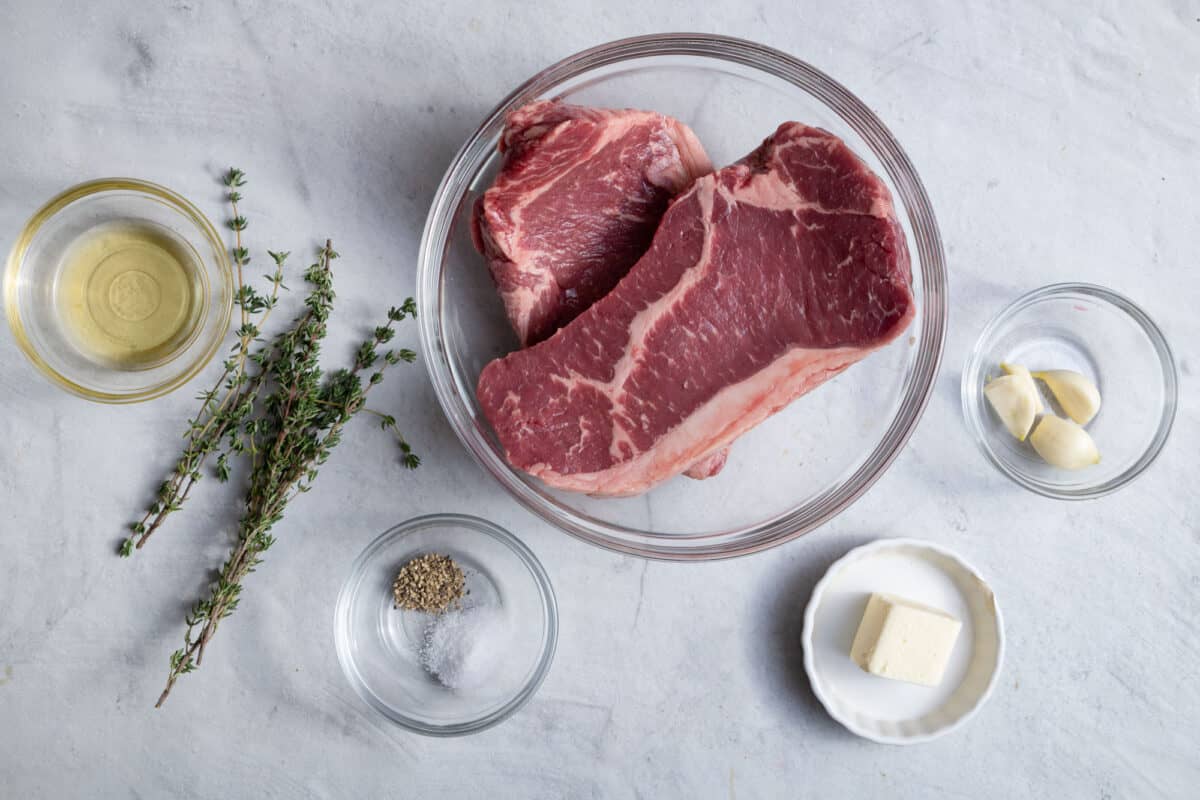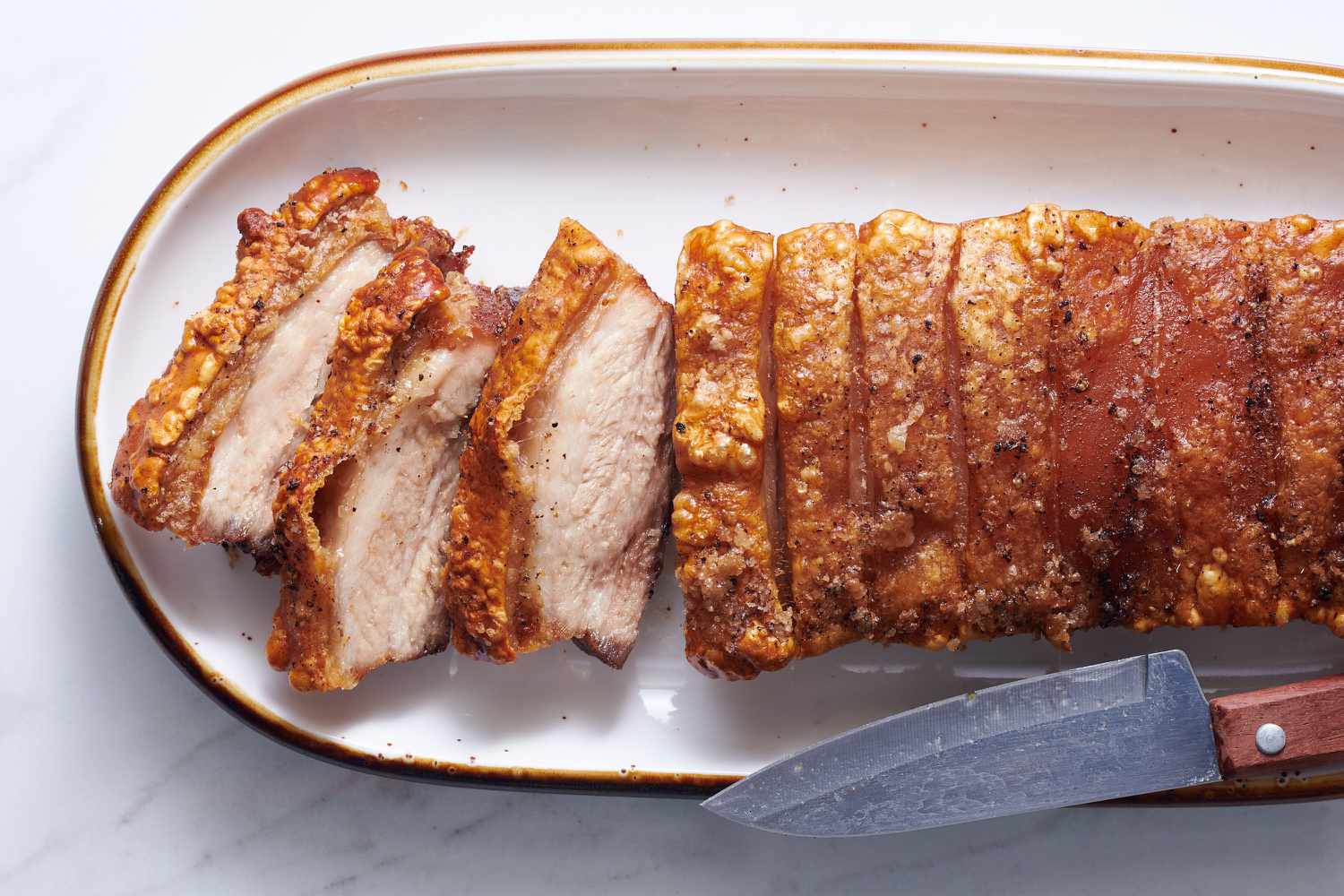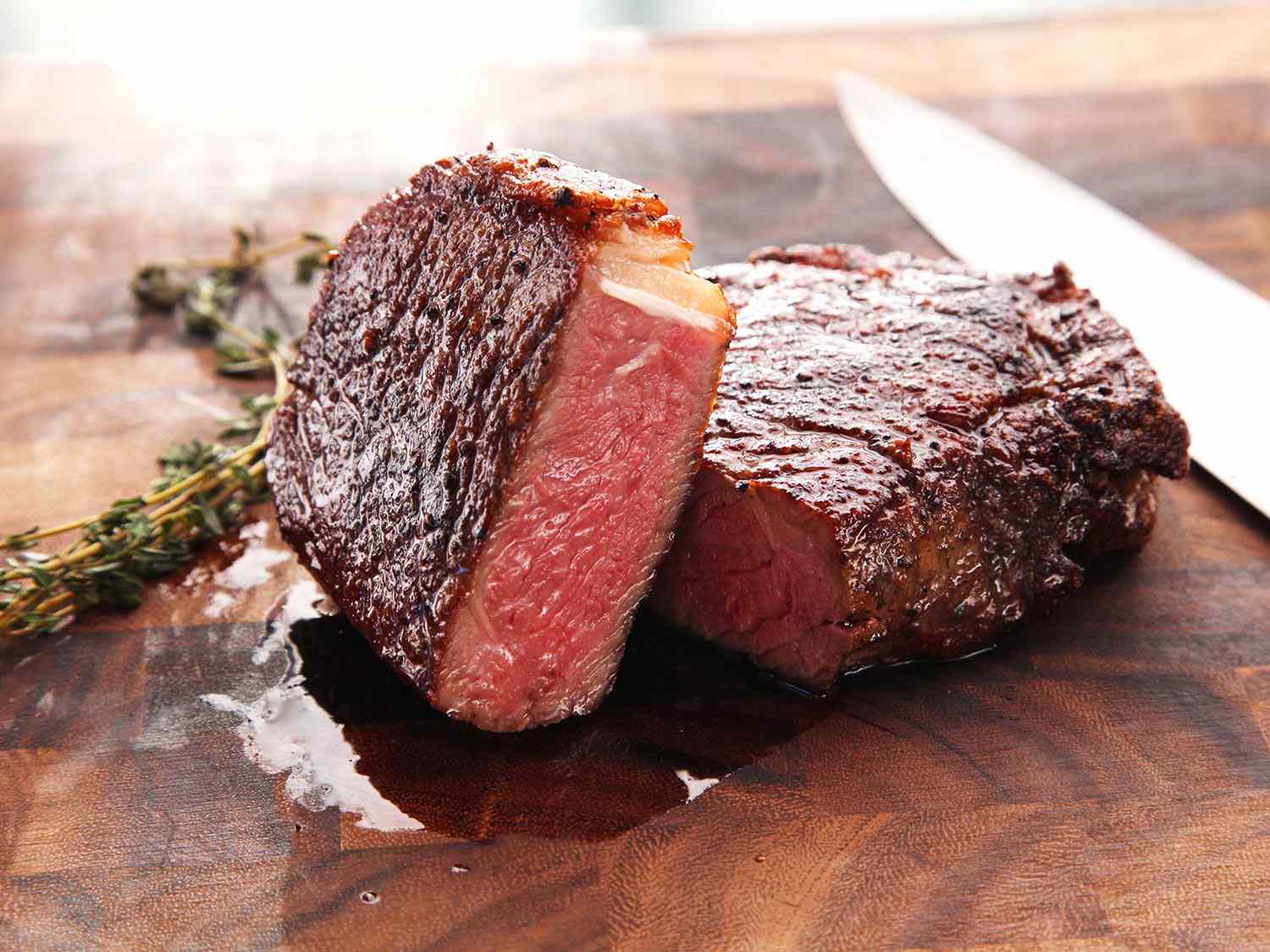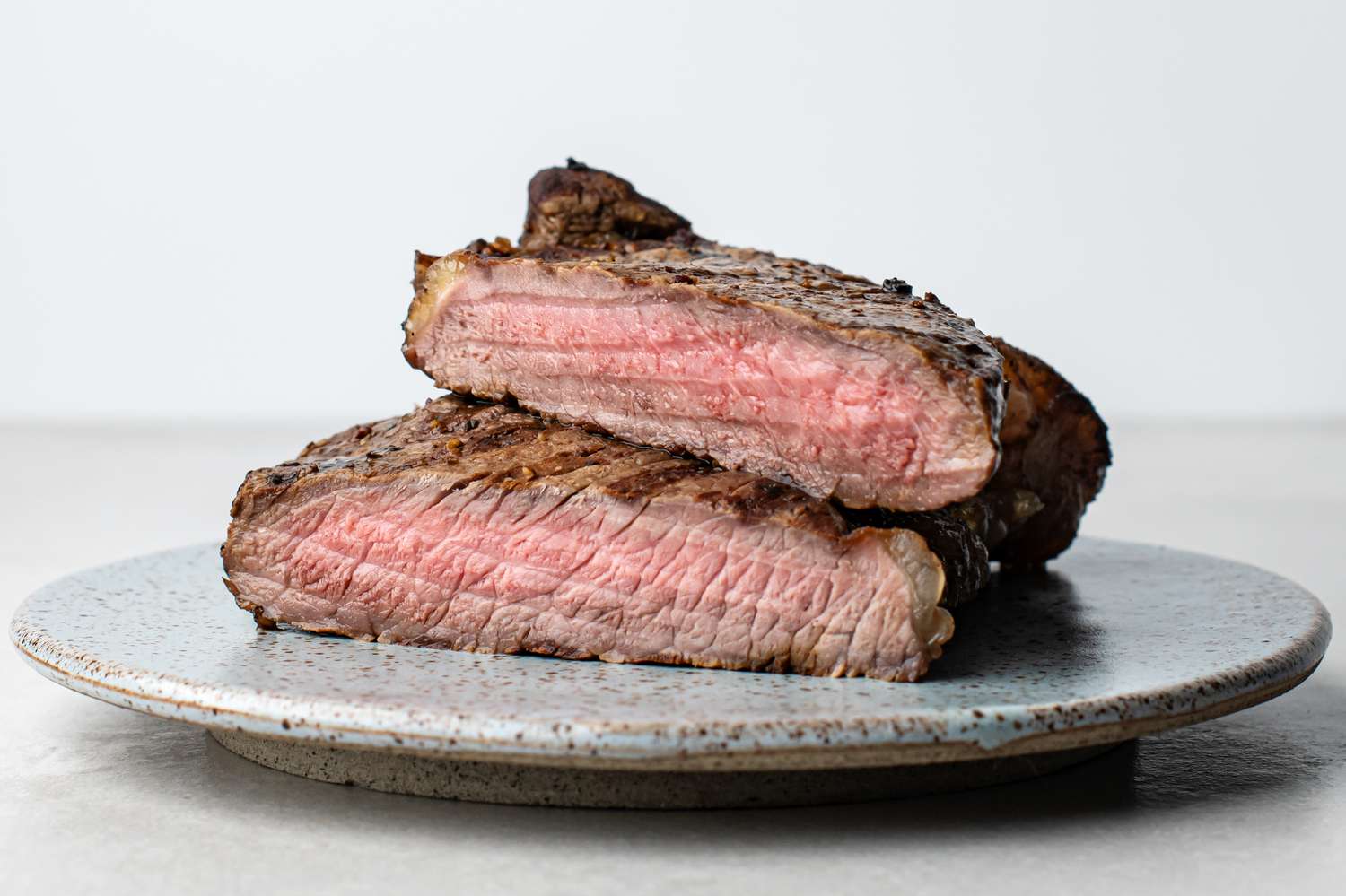The Versatile and Delicious Celeriac Root: A Guide to Cooking and Enjoying
Are you looking to add a new and exciting ingredient to your culinary repertoire? Look no further than celeriac root! This humble vegetable, also known as celery root, is not only delicious but also incredibly versatile. With its distinctive flavor and creamy texture, celeriac root can be used in a variety of dishes. Whether you roast it, mash it, or turn it into a tasty soup, celeriac root is sure to impress your taste buds and elevate your cooking.
1. Roasted Celeriac Root
Roasting celeriac root is a fantastic way to bring out its natural sweetness and enhance its earthy flavor. Here’s a simple recipe to get you started:
- Preheat your oven to 400°F (200°C).
- Peel the celeriac root with a sharp knife and cut it into evenly sized cubes.
- Toss the celeriac cubes with olive oil, salt, and pepper.
- Spread the cubes in a single layer on a baking sheet and roast for 25-30 minutes, or until golden brown and tender.
- Serve the roasted celeriac as a delicious side dish or add it to salads for an extra crunch.
2. Creamy Celeriac Mash
If you’re looking for a tasty alternative to traditional mashed potatoes, celeriac root is the perfect choice. It adds a unique and delicate flavor to the dish. Here’s how to make creamy celeriac mash:
- Peel and chop the celeriac root into small pieces.
- Boil the celeriac in salted water until tender, then drain.
- Mash the cooked celeriac with butter and a splash of cream or milk until smooth and creamy.
- Season with salt, black pepper, and any other herbs or spices you like.
- Serve the creamy celeriac mash as a delicious and flavorful side dish.
3. Delectable Celeriac Soup
Celeriac root makes for an excellent base in a comforting and hearty soup. Its subtle celery-like taste adds depth and richness to the dish. Here’s an easy recipe for celeriac soup:
- Heat some olive oil in a large pot and sauté diced onions until soft and translucent.
- Add peeled and chopped celeriac root, along with vegetable broth or stock.
- Simmer until the celeriac is tender and easily pierced with a fork.
- Using an immersion blender or regular blender, puree the soup until smooth and creamy.
- Season with salt, pepper, and a pinch of your favorite herbs. Top with croutons or a drizzle of cream, if desired.
- Enjoy a comforting bowl of delicious celeriac soup on a cool autumn evening.
4. Tasty Celeriac Salads
Take your salads to the next level by adding celeriac root. Its crisp texture and unique flavor make it a fantastic addition to any salad. Here are a few ideas:
- Grate raw celeriac and toss with a citrusy vinaigrette for a refreshing and tangy salad.
- Thinly slice celeriac and combine it with apple slices, fennel, and a creamy dressing for a crunchy and flavorful slaw.
- Add roasted celeriac cubes to a bed of greens for a hearty and satisfying salad.
Now that you have some ideas on how to cook celeriac root, it’s time to get creative in the kitchen. Experiment with different flavors and techniques to discover your favorite way to enjoy this versatile vegetable. Whether roasted, mashed, in soups, or salads, celeriac root is sure to surprise and delight your taste buds. Happy cooking!
Was this page helpful?
Read Next: How To Cook Pasta In Advance
John Rizvi
Minneapolis patent attorneys. We have dedicated our practice exclusively to securing and preserving the intellectual property rights of our clients including patent, trademark, copyright, trade secret, unfair competition, and franchising matters.

